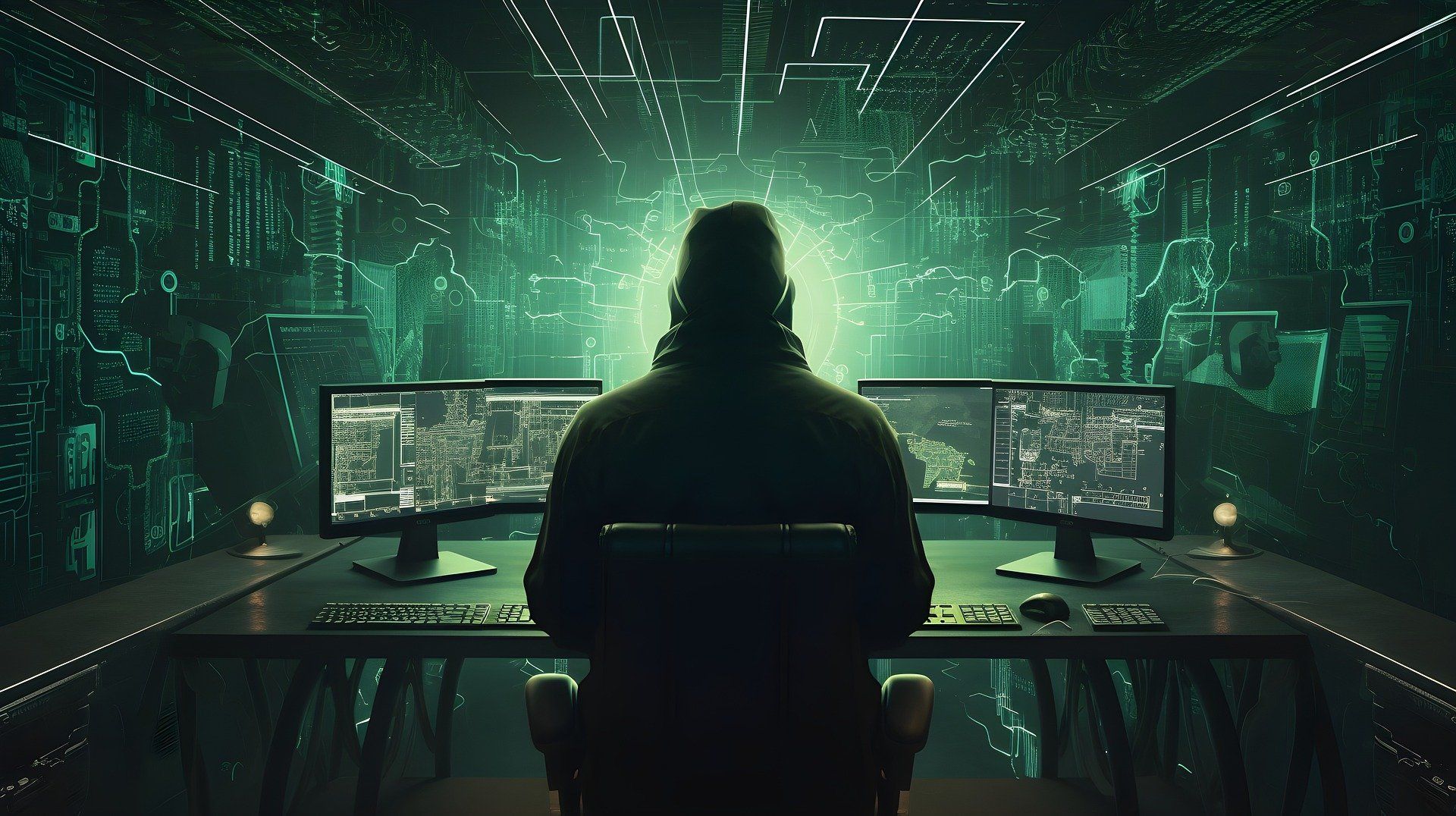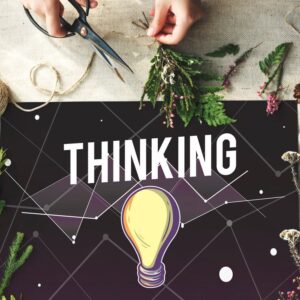NFT February: The Transformative Power of Digital Assets in 2024

Introduction
As digital technology continues to reshape the landscape of art, commerce, and ownership, Non-Fungible Tokens (NFTs) have emerged as a revolutionary force. February 2024 has been a particularly noteworthy month for the NFT ecosystem, marked by innovative trends, collaborative efforts, and community engagement. This article delves into the significance of NFT February, exploring its implications for digital art, the challenges it faces, and the future trajectory of NFTs in a rapidly evolving digital landscape.
Understanding NFTs
What Are Non-Fungible Tokens?
Non-Fungible Tokens are unique digital assets that represent ownership of a specific item, artwork, or piece of content on a blockchain. Unlike cryptocurrencies such as Bitcoin or Ethereum, which are fungible and can be exchanged on a one-to-one basis, NFTs possess distinct attributes that make each token unique. This uniqueness is key to their value, particularly in sectors like art, gaming, and collectibles.
How NFTs Work
NFTs are built on blockchain technology, which serves as a decentralized ledger that verifies ownership and authenticity. Most NFTs are created on the Ethereum blockchain, although other networks like Binance Smart Chain and Solana are also gaining popularity. When an NFT is minted, it is assigned a unique identifier that distinguishes it from other tokens, ensuring its originality and provenance.
The Rise of NFT February
February 2024 emerged as a pivotal month for NFTs, driven by a confluence of factors:
1. Cultural and Seasonal Events
Cultural events often spark creativity and innovation, and February was no exception. Holidays such as Valentine’s Day inspired artists and brands to launch themed NFT collections, capitalizing on the season’s sentiment. This surge in creativity led to the sale of unique and romantic digital art, expanding the reach of NFTs to broader audiences.
2. Collaborative Projects
The month also saw an uptick in collaborations between artists, brands, and influencers. High-profile partnerships generated buzz, as brands like Nike and Adidas began to embrace NFTs as part of their marketing strategies. These collaborations not only showcased the versatility of NFTs but also introduced traditional industries to the digital art realm.
3. Community Engagement
The NFT space thrives on community engagement. In February 2024, online platforms like Discord, Twitter, and Clubhouse buzzed with activity as artists and collectors connected, shared ideas, and launched projects together. This sense of community contributed to the success of various NFT drops, as collectors sought to support their favorite artists.
4. Technological Innovations
Advancements in technology played a crucial role in the NFT boom. The rise of Layer 2 solutions, which aim to reduce transaction fees and improve scalability, made minting and trading NFTs more accessible. This technological shift encouraged more artists and collectors to participate in the NFT ecosystem, expanding its reach.
The Impact of NFTs on the Art World
NFTs have profoundly affected the art industry, transforming how artists create, sell, and interact with their work.
Direct Sales and Fair Compensation
Traditionally, artists relied on galleries and auction houses to sell their work, often sacrificing a significant portion of their earnings. NFTs allow artists to sell directly to collectors, eliminating intermediaries and providing a more equitable revenue model. This shift democratizes the art market, empowering artists to retain more profits from their sales.
Royalties on Resales
One of the most groundbreaking features of NFTs is the ability for artists to earn royalties on secondary sales. Through smart contracts, artists can receive a percentage of the sale every time their work is resold. This ongoing financial benefit ensures that artists continue to profit from their creations as they gain value over time, creating a sustainable income stream.
New Forms of Creative Expression
NFTs have expanded the possibilities for digital artists. They can experiment with various formats, including animations, interactive experiences, and virtual reality. This newfound creative freedom enables artists to push boundaries and explore innovative storytelling methods, captivating audiences in ways previously unimagined.
Building a Global Community
NFTs facilitate global connections among artists and collectors. Through online marketplaces and social media, creators can reach audiences worldwide, transcending geographical limitations. This global exposure fosters a diverse community where artists can share their work, collaborate on projects, and support one another.
Challenges Facing the NFT Market
Despite the excitement surrounding NFTs, several challenges must be addressed to ensure the sustainability and legitimacy of the market.
Environmental Concerns
The environmental impact of blockchain technology, particularly those using proof-of-work systems like Ethereum, has raised significant concerns. The energy consumption associated with minting and trading NFTs can be substantial, prompting calls for more sustainable practices. The NFT community is increasingly aware of these issues, with some artists and platforms exploring eco-friendly alternatives, such as using proof-of-stake blockchains.
Market Volatility
The NFT market is notoriously volatile, with prices fluctuating dramatically. Speculation can lead to inflated prices and unsustainable investment practices, deterring serious collectors and artists from participating in the space. Establishing a more stable market will be crucial for the long-term health of the NFT ecosystem.
Copyright and Ownership Issues
The ease of copying digital files raises complex questions about ownership and copyright. Artists must navigate the intricate landscape of intellectual property rights in the digital age, ensuring that their work is protected and that they maintain control over their creations. Legal clarity around these issues is essential for the continued growth of the NFT market.
Accessibility Barriers
While NFTs present new opportunities, the technology can be intimidating for newcomers. High gas fees, complicated processes, and the technical knowledge required to mint or trade NFTs can exclude potential artists and collectors from participating in the market. Simplifying the onboarding process and making platforms more user-friendly will be critical for fostering inclusivity in the NFT space.
The Future of NFTs
As we look ahead, several trends are likely to shape the future of NFTs:
1. Interoperability
The ability for NFTs to move seamlessly between different blockchain networks will enhance their utility and appeal. Interoperability will create a more interconnected ecosystem, allowing users to access a broader range of assets and experiences. This will empower creators and collectors to navigate the digital landscape more freely.
2. Integration with the Metaverse
The concept of the metaverse—a collective virtual space where people can interact, socialize, and create—has gained significant traction. NFTs will play a crucial role in defining ownership and identity within these virtual worlds, with digital real estate, virtual goods, and avatars all tied to NFTs. As the metaverse expands, the demand for unique digital assets will likely increase.
3. Regulation and Standardization
As governments and regulatory bodies begin to take notice of the NFT space, the introduction of regulations will become more common. Establishing clear standards and practices will enhance legitimacy and protect both artists and consumers. Collaboration between industry stakeholders and regulators will be essential to create a balanced framework that fosters innovation while safeguarding participants.
4. Enhanced Utility of NFTs
The future of NFTs may extend beyond mere ownership. We can expect to see NFTs granting access to exclusive content, experiences, or communities. For example, owning a specific NFT might provide access to virtual events, workshops, or even private discussions with artists. This added value will deepen the connection between creators and collectors.
5. Education and Onboarding
As the NFT space matures, education and onboarding initiatives will become increasingly important. Workshops, tutorials, and community programs can help newcomers understand the technology, navigate marketplaces, and participate in the ecosystem. By fostering a more informed community, the NFT space can continue to grow and thrive.
Conclusion
February 2024 was a significant month in the NFT landscape, showcasing both the challenges and opportunities that lie ahead. As the digital art world continues to evolve, NFTs have the potential to reshape our understanding of creativity, ownership, and community. By addressing existing challenges and embracing new technologies, the NFT space can foster a more inclusive and sustainable future.
Call to Action
For artists, collectors, and enthusiasts alike, now is the time to engage with the NFT community. Explore new platforms, connect with fellow creators, and stay informed about the latest trends and developments. The digital future is unfolding, and your participation can help shape the trajectory of this exciting and transformative landscape. Whether you’re creating, collecting, or simply curious, the world of NFTs offers a myriad of opportunities to explore and engage. Join the movement and be part of the NFT revolution.
FAQs: NFT February
1. What is NFT February?
Answer: NFT February refers to a period in February 2024 that saw significant activity and developments in the NFT space, particularly within the digital art community. This month featured various collaborations, events, and increased interest in NFTs, highlighting their growing influence.
2. Why was February 2024 important for NFTs?
Answer: February 2024 was important due to cultural events that inspired creative NFT launches, increased collaborations between artists and brands, and heightened community engagement, all contributing to a notable surge in NFT activity and sales.
3. How do NFTs benefit artists?
Answer: NFTs offer artists direct sales opportunities, fair compensation through royalties on secondary sales, and the ability to explore new forms of digital expression, allowing for greater creative freedom and financial sustainability.
4. What are the main challenges facing NFTs today?
Answer: Key challenges include environmental concerns related to blockchain energy consumption, market volatility affecting prices, copyright and ownership issues, and accessibility barriers for new users.
5. How can artists and collectors navigate the NFT space?
Answer: Artists and collectors can engage with NFT communities, stay informed about market trends, utilize user-friendly platforms, and understand the legal implications of copyright and ownership to navigate the space effectively.
6. What trends are expected to shape the future of NFTs?
Answer: Future trends include enhanced interoperability between blockchain networks, integration with the metaverse, increased regulation and standardization, and NFTs offering greater utility beyond mere ownership, such as access to exclusive experiences.
7. How can I get involved in the NFT space?
Answer: To get involved, start by researching NFT platforms, joining online communities, following artists and collectors on social media, and exploring digital art marketplaces. Engage with the community and consider creating or purchasing NFTs to deepen your understanding.
8. What are the environmental concerns related to NFTs?
Answer: Many blockchains, particularly those using proof-of-work systems like Ethereum, consume significant energy, raising concerns about their environmental impact. The industry is moving toward more sustainable practices, including the use of proof-of-stake systems.
9. Are NFTs a good investment?
Answer: Like any investment, NFTs carry risks and potential rewards. Their value can be highly speculative, and it’s crucial for investors to conduct thorough research and consider their risk tolerance before investing.
10. Where can I buy or sell NFTs?
Answer: NFTs can be bought or sold on various marketplaces such as OpenSea, Rarible, and Foundation. Each platform has its own features, so it’s important to explore and choose one that fits your needs.
Conclusion
These FAQs provide an overview of key aspects related to NFT February and the broader NFT landscape. Whether you’re an artist, collector, or curious observer, understanding these concepts can enhance your engagement with the evolving world of NFTs.
nft february octoberirwindecrypt













Post Comment